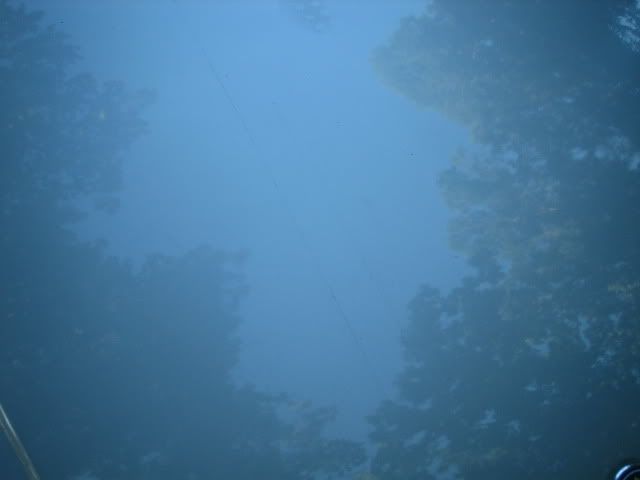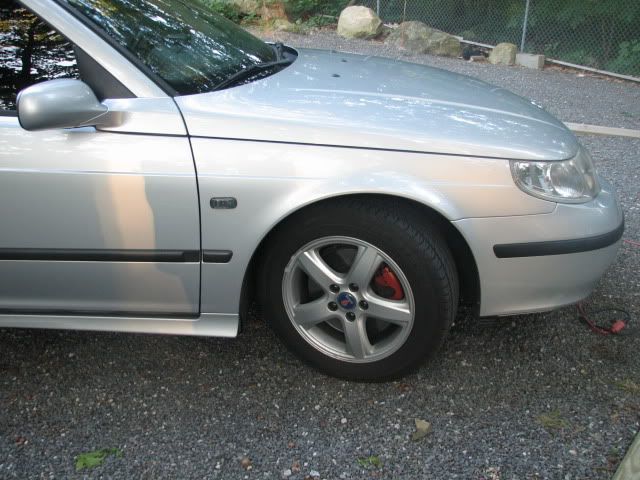Hello everyone, I am new here but have been a detailing enthusiast for many years now.
I have always used a cheap 3000 rpm orbital and have finally made the step to a Porter Cable 7424XP.
The paint on both of my cars are in great shape, one is silver and one is black so I have different potential issues on both.
I want to use my Porter Cable tonight so I went to Advance Auto and saw some Ultimate Compound, read the bottle and figured it would be a good starting product.
I then read online about it and realized it may be too much for my paint as I do not have any swirls, or defects to remove.
Am I going to hurt anything by starting with this product on an otherwise find surface or should I just use the cleaner wax and follow up with my regular NXT 2.0?
I often do family vehicles and some of those can be pretty rough, and I may save the UC for those.
Thanks so much for any input.
I have always used a cheap 3000 rpm orbital and have finally made the step to a Porter Cable 7424XP.
The paint on both of my cars are in great shape, one is silver and one is black so I have different potential issues on both.
I want to use my Porter Cable tonight so I went to Advance Auto and saw some Ultimate Compound, read the bottle and figured it would be a good starting product.
I then read online about it and realized it may be too much for my paint as I do not have any swirls, or defects to remove.
Am I going to hurt anything by starting with this product on an otherwise find surface or should I just use the cleaner wax and follow up with my regular NXT 2.0?
I often do family vehicles and some of those can be pretty rough, and I may save the UC for those.
Thanks so much for any input.



